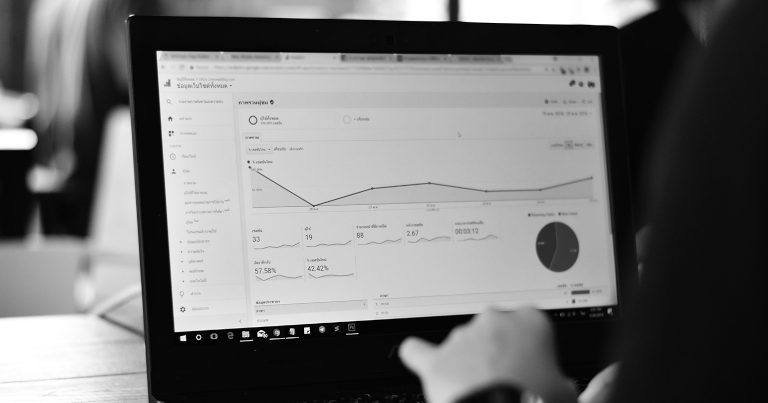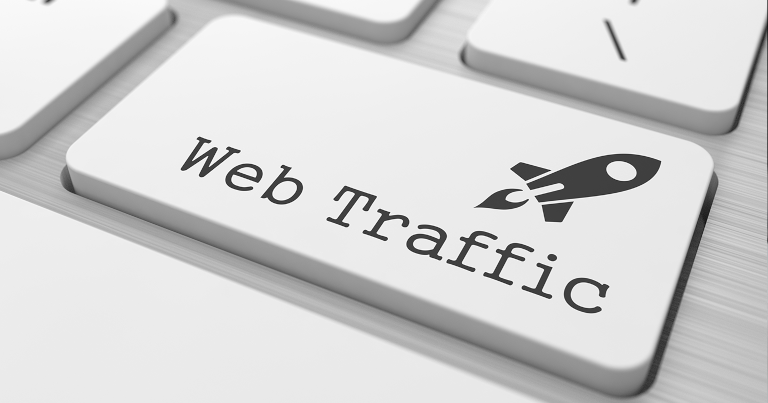How to get your store ready for a cookieless future?

In just a short while, Chrome will no longer allow third-party sites to track users via cookies that have driven the online advertising market since its inception. The blockade will cut marketers off from data on internet user behavior and completely rewrite the rules of the game. And sure, the giant is coming up with a new solution that’s supposed to better protect users’ privacy while still giving marketers some options, but no one doubts that it won’t be easy.
Google has delayed the “cookie apocalypse”, and attributes its decision to do so to the need to work more closely with regulators. This is because it wants to develop technology that would replace third-party cookies in advertising, since, after all, it makes money on advertising. By removing trackers, Google – no matter what alternative it offers – will harm advertisers, potentially reducing its own revenue. However, there is no other choice. Cookies that – according to not only users but also regulators – are highly intrusive, expose Google to criticism that has been ringing louder and louder lately.
Banning third-party cookies will certainly be a challenge for marketers that will affect, among other things, their remarketing efforts and generally make it harder to recreate their customer journeys. But… the ban can also be a blessing. Rather than relying on users’ implicit consent for tracking, marketers will finally focus on capturing first- and zero-party data, i.e., data for which users give their informed consent. Such data, while harder to obtain, is much more valuable.
Tomasz Tołłoczko, Head of Analytics, Insightland, shares some more thoughts on the future of cookie-free e-commerce.
Tomasz Tołłoczko
Head of Analytics
Insightland

The absence of cookies presents two major issues for e-commerce businesses: first, it will make it very difficult to run remarketing-based campaigns. Such efforts are based on reading third-party cookies implemented on our website and using them to target specific groups of Internet users. This means that one of the primary marketing activities will no longer be possible.
The second issue is related to the fact that it will be very difficult or even impossible to analyze the complete customer journeys across multiple sessions, often using several devices (attribution analysis). This problem is not only related to the issue of 3-rd party cookies, but also to limitations in identifying devices.
However, the situation that we will face depends largely on the solutions adopted by the largest players – Google, Facebook, Apple, Microsoft. At this point, these companies have offered various tools/solutions that, while addressing the privacy needs of Internet users in one way or another, will also meet the expectations of the advertising market. That’s why it is a good idea to follow the discussions and debates on the various solutions that have been proposed – FloC, FLEDGE, Clean Rooms, Fingerprints – to get ahead of the changes. More new solutions or modifications (triggered by criticism from the community) will surely follow. Some are already in the testing phase.
How to get ready for a cookieless future?
It is certainly useful to collect user data: both First party and Zero party data. First party data is collected automatically, generated on the basis of user behavior on the site – data about what they buy, what products they browse, where they come from. Zero party data is data collected on the basis of information that the users themselves decided to share with us – by filling out forms, answering surveys or quizzes on the website. All the data collected in this way should serve to get to know the needs and desires of our customer. Research shows that 84% of internet users are willing to share information about themselves provided they can have a say in what happens with the data and provided that they can expect to get something in return. Better offerings or services tailored to their expectations provide value to every consumer. But data alone is not enough…
I recommend implementing solutions based on marketing automation – knowledge about users is one thing, the other is the tools that allow you to capitalize on it. That’s why you need to implement solutions to turn the data you collect from your customers into a benefit for them – and ultimately for us.
This, in an environment where the ability to create precisely targeted campaigns will be severely limited – creating a customer relationship based on a genuine and personalized experience – can become a critical competitive advantage.